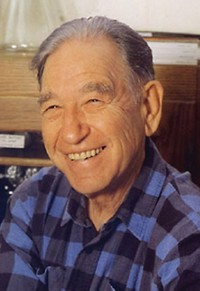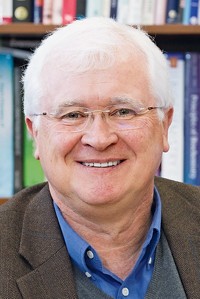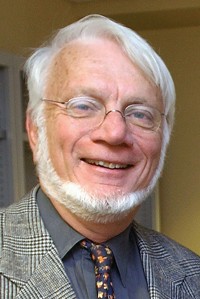Advertisement
Grab your lab coat. Let's get started
Welcome!
Welcome!
Create an account below to get 6 C&EN articles per month, receive newsletters and more - all free.
It seems this is your first time logging in online. Please enter the following information to continue.
As an ACS member you automatically get access to this site. All we need is few more details to create your reading experience.
Not you? Sign in with a different account.
Not you? Sign in with a different account.
ERROR 1
ERROR 1
ERROR 2
ERROR 2
ERROR 2
ERROR 2
ERROR 2
Password and Confirm password must match.
If you have an ACS member number, please enter it here so we can link this account to your membership. (optional)
ERROR 2
ACS values your privacy. By submitting your information, you are gaining access to C&EN and subscribing to our weekly newsletter. We use the information you provide to make your reading experience better, and we will never sell your data to third party members.
People
Arthur Kornberg Dies At 89
Nobel Laureate was first to synthesize DNA
by Linda Wang
October 30, 2007

Arthur Kornberg, professor emeritus of biochemistry at the Stanford University School of Medicine and winner of the 1959 Nobel Prize in Physiology or Medicine for his work on DNA replication, died of respiratory failure on Oct. 26. He was 89.
Kornberg received a B.S. degree in chemistry and biology from the City College of New York in 1937. He earned an M.D. degree from the University of Rochester in 1941.
At Stanford, Kornberg elucidated the key steps in the pathways of pyrimidine and purine nucleotide synthesis, including the discovery of 5-phosphoribosyl 1-pyrophosphate (PRPP) as an intermediate. He was the first to isolate DNA polymerase and synthesize DNA in a test tube. Kornberg shared the Nobel Prize with the late Severo Ochoa of New York University, who synthesized RNA.
In the early 1990s, Kornberg switched his focus from DNA replication to inorganic polyphosphate (poly P). Elliott Crooke, who was a postdoctoral researcher in Kornberg???s lab from 1988 to 1993, notes that Kornberg had come across polyphosphates in the early 1950s while working in the lab with his first wife, Sylvy.
"It wasn't just a brand new field for him," says Crooke, who is now chair and professor of biochemistry and molecular and cellular biology at Georgetown University School of Medicine. "It was something that had laid dormant for 35 years that he still thought was very important and wanted to get back to."
Kornberg found a variety of functions for poly P that include response to stresses, and motility and virulence in some major pathogens. He concluded that enzymes that create poly P might be manipulated and become a new category of antibiotic.
Xiaobing Shi, a postdoc in Kornberg's lab from 2001–05, says Kornberg cared about his students as much as he cared about science. Even after Shi moved to a different lab at Stanford, Kornberg still sent him newspaper clippings about interesting research happening in China, Shi recalls.
Kornberg's legacy also lives on with his three sons. Stanford structural biologist Roger D. Kornberg won the 2006 Nobel Prize in Chemistry for his studies on the molecular basis of eukaryotic transcription. Thomas Kornberg is professor and vice chair of biochemistry and biophysics at the University of California, San Francisco. And Kenneth Kornberg is an architect and founder of Kornberg Associates, which specializes in laboratory design. He is also survived by his third wife, Carolyn Frey Dixon.





Join the conversation
Contact the reporter
Submit a Letter to the Editor for publication
Engage with us on Twitter